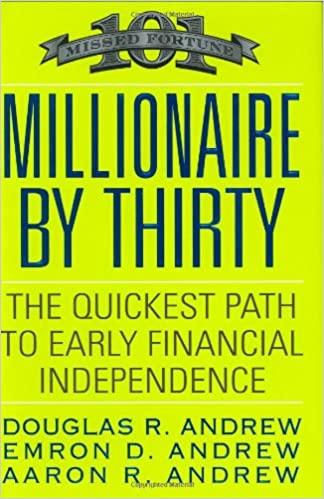Question
Oct 27, 2013 Oct 28, 2012 Oct 30, 2011 Income (loss) from continuing operations $ 256 $ 109 $ 1,926 Depreciation and amortization 410 422
| Oct 27, 2013 | Oct 28, 2012 | Oct 30, 2011 | |
| Income (loss) from continuing operations | $ 256 | $ 109 | $ 1,926 |
| Depreciation and amortization | 410 | 422 | 246 |
| Stock-based compensation | 162 | 182 | 146 |
| Restructuring and impairment charges | 63 | 168 |
|
| Increase (decrease) in provision for deferred income taxes | (91) | 222 | 136 |
| (Gain) loss on sales of investments, acquisitions, and securities |
|
|
|
| (Gain) loss on sales of property, plant, and equipment | |||
| Other non-cash items, net | 278 | 421 | (30) |
| (Increase) decrease in receivables | (404) | 493 | 292 |
| (Increase) decrease in inventories | (141) | 679 | (163) |
| (Increase) decrease in other current assets | |||
| Increase (decrease) in accounts payable, accrued liabilities, and income taxes payable | 78 | (469) | (310) |
| Increase (decrease) in deferred liabilities | 39 | (412) | 267 |
| Other assets and liabilities, net | (27) | 36 | (81) |
| Purchases of property, plant, and equipment | |||
| Sales of property, plant, and equipment | 7 |
| 130 |
| Purchases of marketable securities and short-term investments | (607) | (1,327) | (1,137) |
| Sales of marketable securities and short-term investments | 1,013 | 1,019 | 1,923 |
| Acquisitions, net of cash acquired | (1) | (4,190) | |
| Other investing activities, net | (197) | (162) | (209) |
| Short-term borrowings, net | |||
| Proceeds from long-term borrowings |
|
| 1,730 |
| Payment of long-term borrowings | (1) | ||
| Proceeds from sales of common stock | 182 | 97 | 95 |
| Repurchase of common stock / treasury stock | (245) | (1,416) | (468) |
| Dividends to shareholders | (456) | (434) | (397) |
| Other financing activities, net | |||
| Net cash provided by (used for) discontinued operations |
|
|
|
| Effect of exchange rate changes on cash, net | (5) | 6 | |
| Cash and equivalents, beginning of period | 1392 | 5,960 | 1,858 |
| Cash paid during the year for: | |||
| Interest | 92 | 94 | 14 |
| Income taxes (refunded) | 102 | 79 | 289 |
|
|
|
|
|
Based on the information above,
1) Discuss how cash flow from operations (CFO) has changed over the three years and specifically what accounts are responsible for the change.
2) Discuss the primary cash inflows for the company and whether these are desirable. For example, if the majority of cash inflows are from operations, this would be desirable because they are financing their business with sales. If the majority of cash inflows are from financing (ie. loans), this could be a problem.
3) Also discuss the primary cash outflows. Where does the company spend the most cash? What does this tell you about future growth? Do you think the overall cash position is good? Put the adjustment for 2011 non-cash restructuring charge to "Other non-cash items, net".
Step by Step Solution
There are 3 Steps involved in it
Step: 1

Get Instant Access to Expert-Tailored Solutions
See step-by-step solutions with expert insights and AI powered tools for academic success
Step: 2

Step: 3

Ace Your Homework with AI
Get the answers you need in no time with our AI-driven, step-by-step assistance
Get Started


